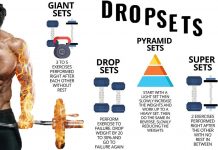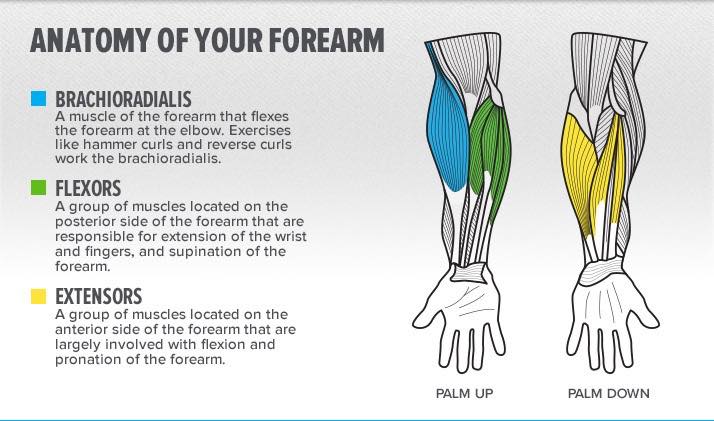🚨 How to Do a Bulgarian Split Squat
- ✅Also Known As: Split squat
- ✅Targets: Quadriceps, glutes, hamstrings, calves, abdominals, spinal erectors
- ✅Equipment Needed: Bench or sturdy chair
- ✅Level: Intermediate
[wp_ad_camp_2]

The Bulgarian split squat is a version of a single-leg squat where the back leg is elevated on a bench or a sturdy chair. As a single-leg, unilateral squat, the exercise places a greater focus on the quadriceps than other, similar lower-body compound movements. It also requires a lot of balance and coordination, which increases the level of core and upper body engagement required to maintain proper form.
[wp_ad_camp_1]

[wp_ad_camp_4]
This exercise is intended to target your front leg—your back leg is there to offer some balance support, but the engagement and the "burn" should be felt primarily in your front leg, particularly the quadriceps of your front leg.
As a compound lower-body exercise, the Bulgarian split squat is a great movement to add to a lower-body strength or total-body workout routine. Due to the compound, balance-focused nature of the movement, it’s a good idea to include it toward the beginning of a workout, perhaps after a solid warmup and a few compound exercises that provide a bilateral focus, such as traditional squats, Romanian deadlift, or barbell snatch.
🚨 Step-by-Step Instructions
All you need for the most basic version of the Bulgarian split squat is a bench or a sturdy chair. As you become comfortable with the exercise, you may want to add dumbbells or kettlebells for increased resistance.
- ✅Stand roughly two feet in front of a sturdy bench or chair, your feet hip-distance apart, your core engaged, your shoulders back, and your chest and eyes pointing straight ahead.
- ✅Pick up your right foot and place it on the bench behind you. You can do this in one of two ways, and it may take several attempts before you decide which version you prefer. One option is to place the top of your foot on the bench, so that your ankle joint is roughly aligned with the edge of the bench. The other option is to flex your ankle and find your balance with the ball of your foot and your toes, more like you would during a traditional lunge exercise. Neither is a better version than the other, and really comes down to personal preference.
[wp_ad_camp_3]

[wp_ad_camp_5]
- ✅ Check to make sure your feet are still roughly hip-distance apart, if not slightly wider. You don’t want your elevated foot to be aligned directly behind your front foot, as this will make balancing much more difficult. You may need to hop or wiggle your front foot around to find secure, well-balanced placement. This is something you may have to do a couple times after performing a repetition or two, as finding the proper foot placement based on your comfort and preference can take a little time. Remember: your back foot is just there to help you stay balanced—the engagement and movement of the exercise is focused solely on the front leg.
- ✅ Engage your core and, with your chest high and eyes looking straight ahead, bend your left knee, allowing your right knee and ankle to naturally bend as you move through the downward phase of the exercise without taking on the load with your back leg. Try to keep the load balanced evenly across your left foot as you lower downward, making sure your left knee remains aligned with your left toes (that it doesn’t cave inward or bow outward). You may find that your left knee starts to protrude slightly over your left toes toward the bottom of the exercise. This isn’t necessarily bad or wrong, and only depends on your level of comfort and the flexibility you have at your ankles. If it feels uncomfortable, return to the starting position and try to shift your front foot forward slightly before your next repetition. Inhale through this downward phase, lowering down until your left quadriceps is roughly parallel to the ground.
- ✅ Press back to standing by pushing through your left foot and using your left quad and glute to power the upward phase of the exercise. Exhale as you press to standing.
- ✅ Simply step your right foot off the bench or chair after completing a full set to one side. Make sure you keep things even by performing the same number of repetitions and sets to each side.

















































